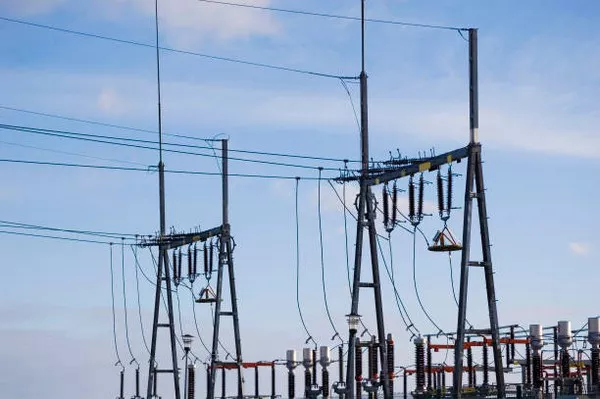Transformers play a pivotal role in electrical power distribution, stepping up or stepping down voltage levels to facilitate efficient transmission and utilization of electricity. Key to understanding transformers is grasping the concept of KVA, or kilovolt-amperes, which serves as a fundamental metric in transformer design, operation, and capacity assessment. In this article, we delve into the meaning of KVA in transformers, its significance, and its practical implications.
Understanding KVA:
KVA, or kilovolt-amperes, is a unit of apparent power in electrical systems. It represents the total power in an AC circuit, taking into account both real power (measured in kilowatts, or kW) and reactive power (measured in kilovolt-amperes reactive, or kVAR). KVA is a measure of the magnitude of the complex power in a system, incorporating both real and reactive components, and it is crucial for sizing and rating electrical equipment, including transformers.
In the context of transformers, KVA indicates the transformer’s capacity to handle and deliver power. It defines the maximum amount of power that the transformer can transfer from the primary winding to the secondary winding while maintaining specified voltage levels. In essence, KVA reflects the transformer’s ability to convert and transmit electrical energy efficiently and reliably.
Significance of KVA in Transformers:
Capacity Rating:
KVA rating serves as a vital parameter for determining the capacity of a transformer. It indicates the maximum load that a transformer can handle without exceeding its designed temperature rise. Transformer capacity is directly proportional to its KVA rating, with higher KVA ratings implying greater power-handling capabilities.
Voltage Transformation:
Transformers facilitate voltage transformation by adjusting voltage levels between the primary and secondary windings while conserving power. The KVA rating determines the maximum voltage transformation capability of a transformer. For instance, a transformer with a higher KVA rating can handle larger voltage differentials, enabling it to serve diverse voltage requirements in electrical networks.
Overload Protection:
Properly sizing transformers based on KVA rating is crucial for preventing overloading. Exceeding the rated KVA capacity of a transformer can lead to overheating, insulation breakdown, and ultimately, transformer failure. By adhering to the specified KVA rating, transformers operate within safe limits, ensuring reliability and longevity.
Efficiency:
KVA rating influences the efficiency of transformer operation. Oversized transformers operating below their rated capacity may experience reduced efficiency and increased energy losses. Conversely, undersized transformers operating near or beyond their KVA limits may suffer from excessive losses and decreased efficiency. Selecting transformers with appropriate KVA ratings optimizes energy utilization and enhances overall system efficiency.
Practical Implications:
Load Analysis:
Properly sizing transformers requires thorough load analysis to determine the anticipated power requirements. By assessing the connected loads, peak demand, and future expansion plans, engineers can select transformers with adequate KVA ratings to accommodate present and future power demands effectively.
Voltage Regulation:
KVA rating influences the voltage regulation capabilities of transformers. Higher KVA-rated transformers typically exhibit better voltage regulation, maintaining stable voltage levels under varying load conditions. Voltage regulation considerations are crucial in applications where precise voltage control is essential, such as industrial processes and sensitive electronic equipment.
Cost Optimization:
Selecting transformers with optimal KVA ratings is essential for cost-effective system design and operation. Oversized transformers incur higher initial costs and may lead to unnecessary expenses over their operational lifespan. Conversely, undersized transformers may require frequent replacements or upgrades, resulting in increased maintenance costs and operational disruptions. By accurately matching KVA ratings to application requirements, stakeholders can optimize upfront investments and long-term operational expenses.
See also Does A Transformer Convert Ac To Dc
Conclusion:
KVA, or kilovolt-amperes, holds significant importance in the realm of transformers, serving as a key parameter for capacity rating, voltage transformation, overload protection, and efficiency optimization. Understanding the implications of KVA ratings is essential for engineers, designers, and operators involved in electrical power systems. By meticulously considering KVA requirements and adhering to proper sizing guidelines, stakeholders can ensure reliable, efficient, and cost-effective transformer operation, thereby contributing to the resilience and sustainability of electrical networks.

